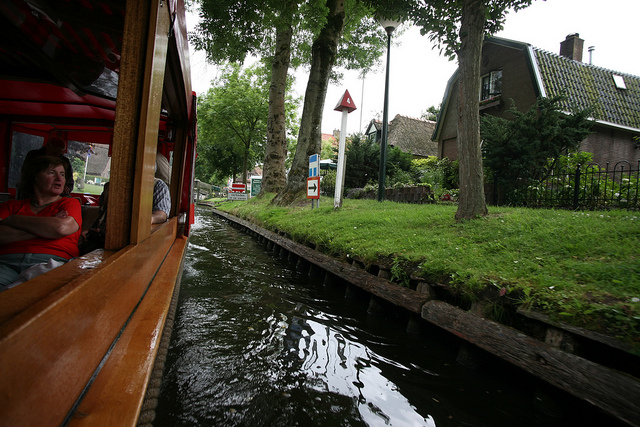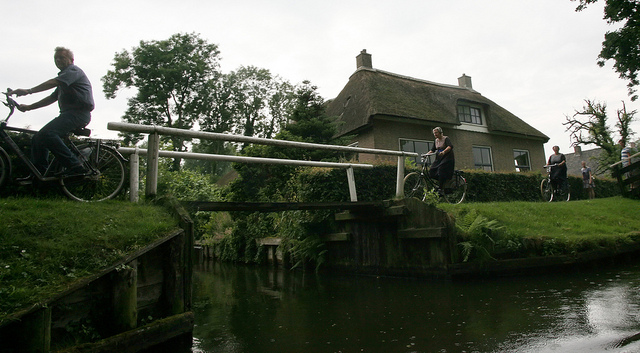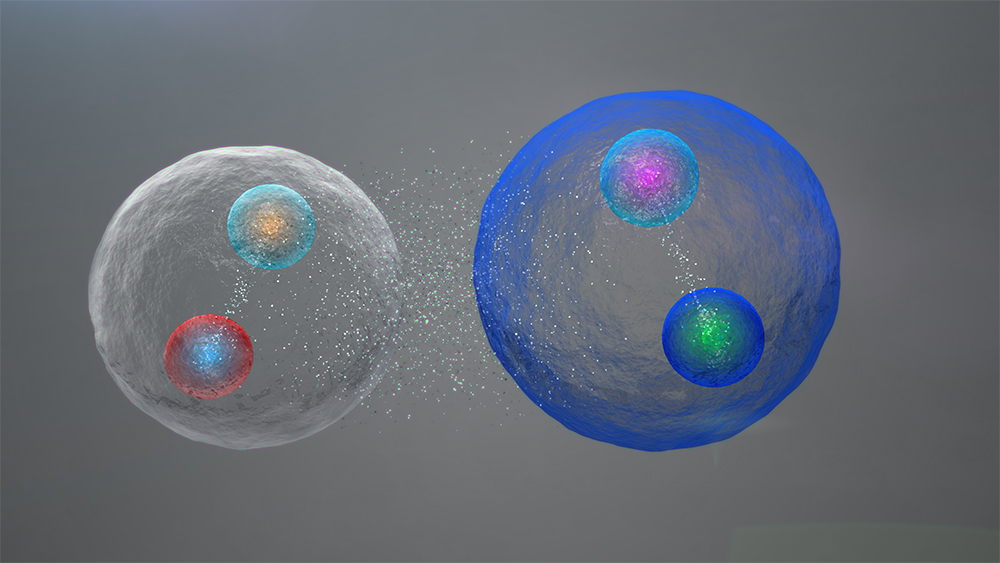A famous and beautiful village in Netherlands. Giethoorn. What make it more special is the fact that it has no roads. No cars, no buses. I wonder how the people move around in this village. Well, the village is connected by canals and people park boats, not cars in their garages. That is why it is also named as “Venice of North” or “Venice of Netherlands”.

A little bit of history. Some fugitives (people running from the law) arrived at this place in central Netherlands in 1230 AD. It had no name then. However, the settlers found goat horns in large quantities here. It had so happened that fifty years earlier a great flood had caused these goats to die. Since goat is called ‘geit’ in dutch they named this place Geytenhorn which got changed to Giethoorn.
It is a small village by population as only 2620 people live here. It lies in the west of the province Overijssel surrounded by the nature reserve De Wieden, the area is called Waterreijk.
Did this place always have so many lakes? No. This place was a marshy land richly covered with peat. Peat is decayed vegetative matter, usually in marshy areas that collects over a period of thousands of years. The settlers dug out this peat. The peat diggers dug up the peat-soil, mixed it in a vessel and spread it out on the land adjacent to dry. This caused deep ditches where the peat was dug out and led to the formation of lakes over time. Canals were made to connect the peat ditches.

Houses were built on the islands, and wooden bridges were built across the lakes. There are farms houses as old as 200 years that still are a part of Giethoorn.
Giethoorn is a place of exquisite beauty because of its bridges, waterways and special boats called ‘punters’.
Did you know?
Undisturbed peat eventually turns into coal.





Leave a Reply